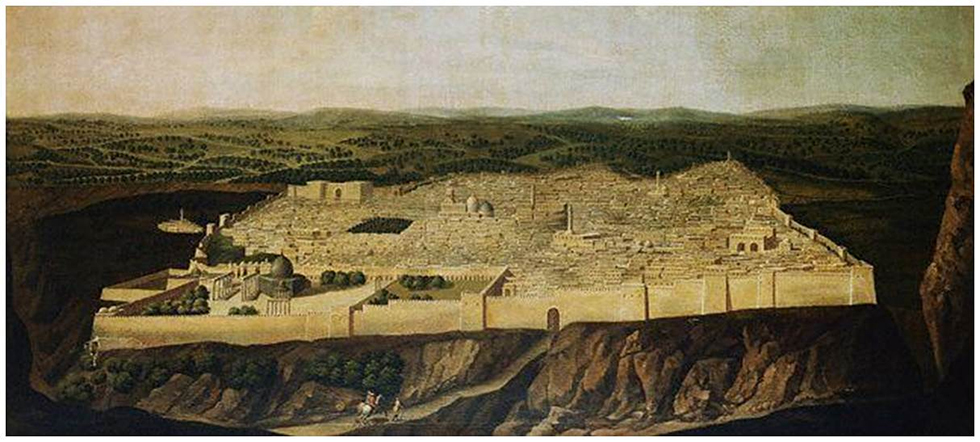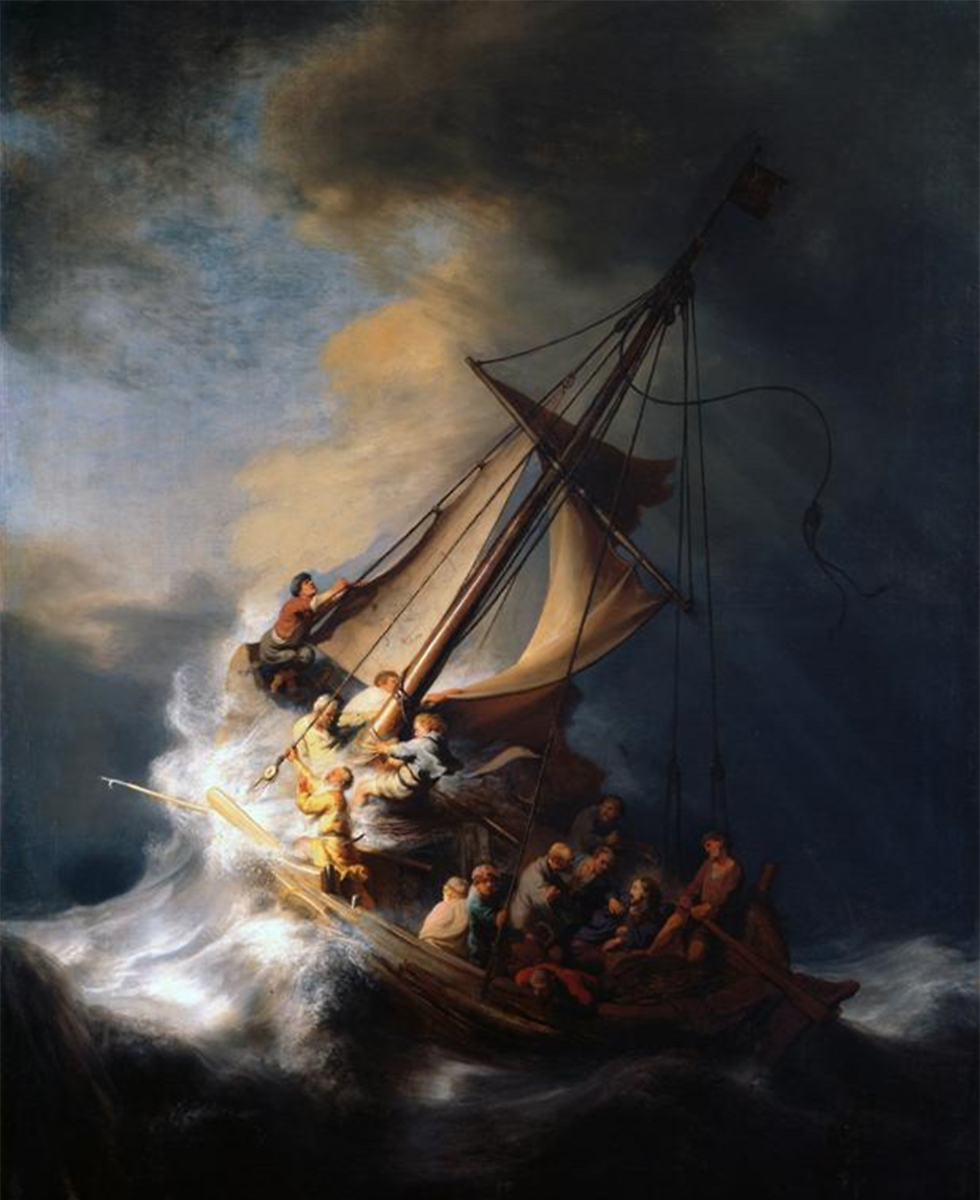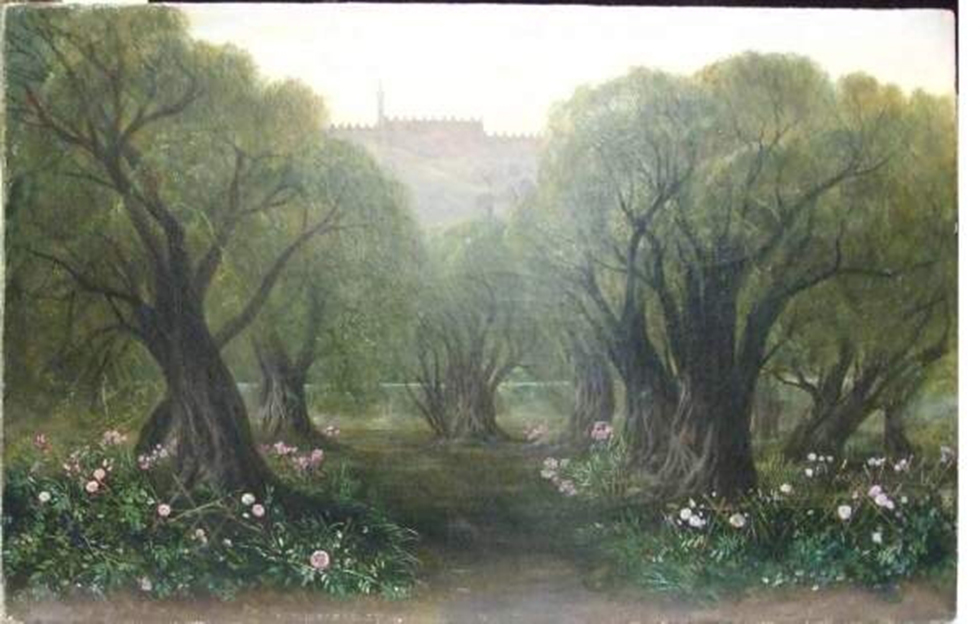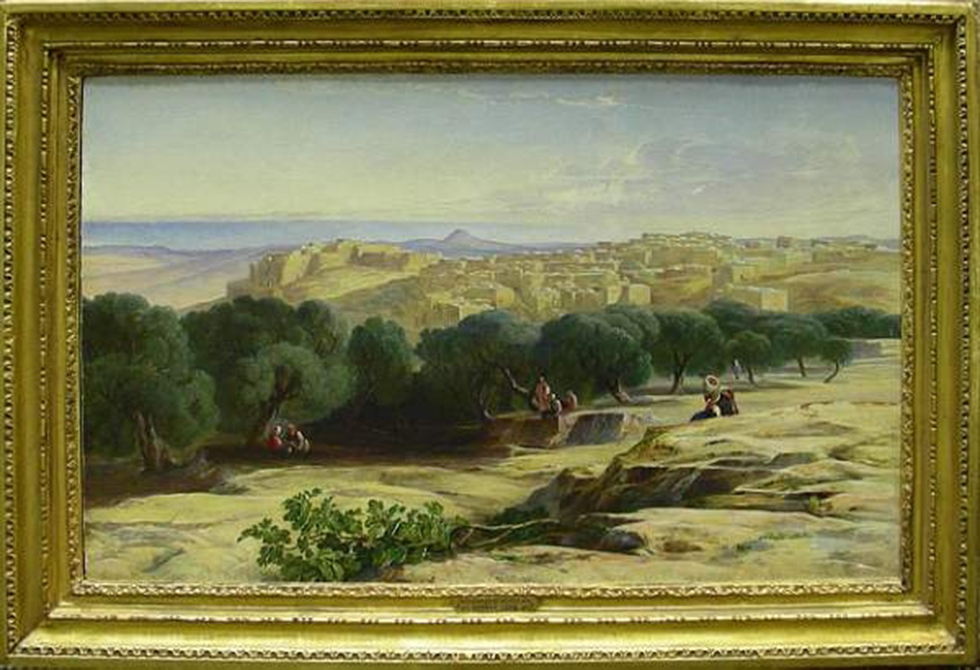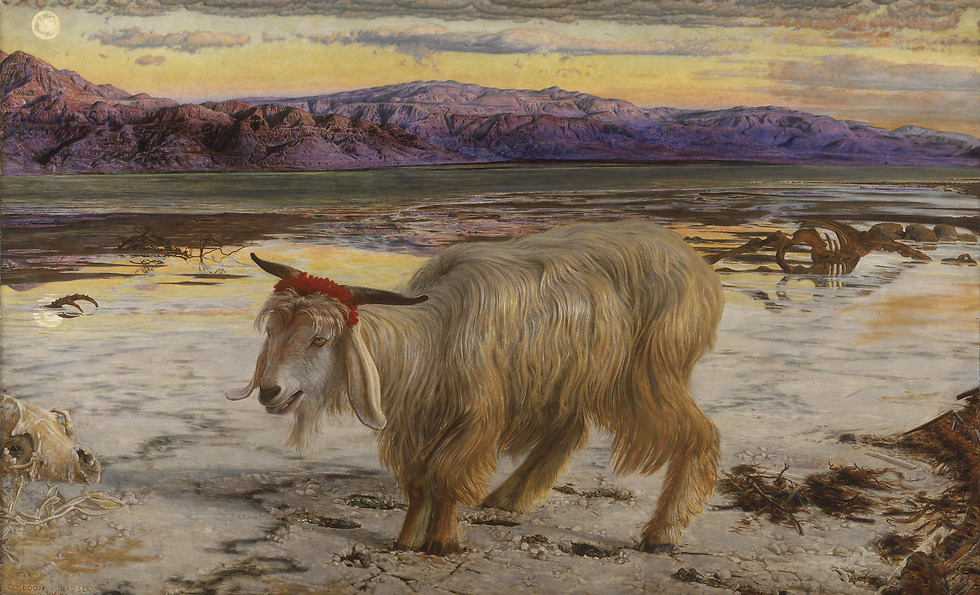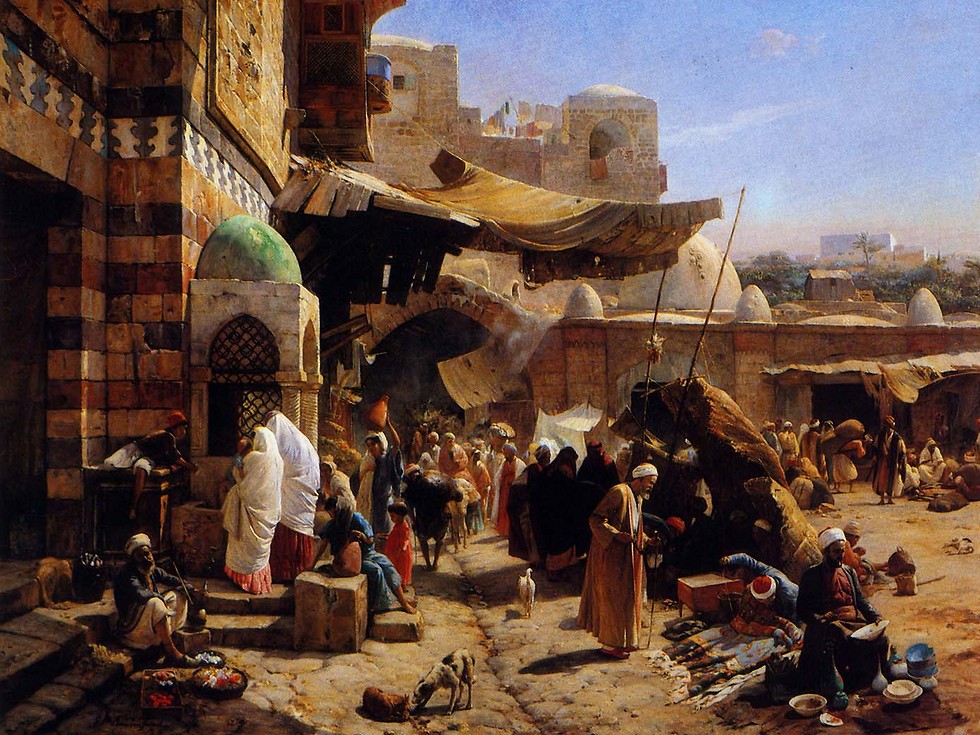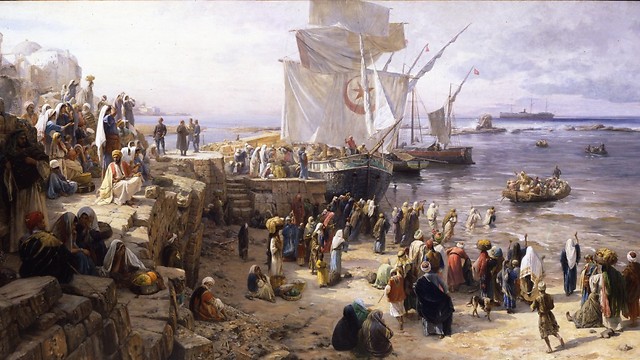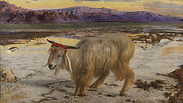
The Land of Israel through the eyes of the artists it inspired
IN PICTURES: Artists across centuries have put paintbrush to canvas and depicted Israel as they see it. From Rembrandt to Poussin to Lear, here are some of the people who found inspiration in the Holy Land.
The Land of Israel has been an endless source of wonder and inspiration for artists of different creeds, times and points of reference. And while the local culture, architecture and language have all changed over the years, changes in Israel's natural landscape have been more gradual.
Many European painters from the 18th and 19th centuries depicted Israel as the land of Jesus Christ, whether they actually visited the Promised Land themselves or solely relied on the experiences of others and their own imaginations. The resulting pieces varied in terms of style and themes, and together they made up an awe-inspiring string of alternating and alternative moments in the history of the land.
The tale of a painting by a young, 17th-century French artist named Poussin has a bit of the Wandering Jew about it. Poussin himself never actually visited the Holy Land. That detail did not, however, stop him from accepting a commission to paint the destruction of the Temple and city of Jerusalem. The painting was presented as a gift to Cardinal Richelieu, who at the time was the most powerful man in France.
Poussin, who was greatly influenced from Ancient Greece's architecture, incorporated elements from this period into his own portrayal of Jerusalem. After receiving the painting, Richelieu passed it on to his sister, and from there it disappeared, only to be rediscovered in 1995: after an avid art collecting farmer presumably bought it at an auction, his children sold along with the rest of his property upon his death.
It was then bought by a London auction house and included in its catalogue, where it caught the eye of one of its subscribers. Upon close inspection, the subscriber came to the shocking conclusion that it was Poussin's lost painting. Three years later, the piece found its way to the Israel Museum.
One of the most prominent artists to depict Israel was 17th-century Dutch painter Rembrandt, who painted Jesus walking on water at the Sea of Galilee and created an etching of Jerusalem without ever having visited these places.
Shlomit Steinberg, a senior curator specializing in European art at the Israel Museum in Jerusalem, explained that Rembrandt used characteristics of towns from the Middle Ages in his etching of Jerusalem, while making the figures look like Spanish-origin Dutch Jews.
Flemish painter Jean Baptiste Vanmour was another artist who took up the easel without ever gazing upon Israel. The 18th century painter was living in the Turkish sultan's court when he presented a panoramic painting of the city of Jerusalem. "The fascinating thing about this piece is that he painted the city empty of any people," says Steinberg. "The painter was working for a Muslim sultan, so he erased all the Jewish and Christian structures to create a city that was completely made up of projects (made at the behest—ed) of Suleiman the Magnificent." As a result, explains Steinberg, Jerusalem was presented as a collection of monumental structures.
Over time, however, the portrayal of Israel went from the imagined to the directly experienced. "In the 18th century, groups of painters began traveling throughout the land for different reasons, with the French, British and German waves each coming of their own interests, each drawn to this place like to a precious stone," said Steinberg. "It was both from a religious perspective, as it is linked to the Old and New Testament, for political reasons having to do with conquering the land and for its connection to the Crusaders and Napoleon."
Around 1850, sex tourism began to raise its head in Israel and the region, and among the many men who came to partake in the debauchery were also several prominent artists. Awash in a hedonistic lifestyle of drink, food, venereal disease-induced madness was also pre-Raphaelite English painter Holman Hunt.
In an act of religious insanity, he decided to position a live goat inside the Dead Sea to symbolize the scapegoat that was sent into the desert in repentance of the sins of the people of Israel on Yom Kippur during the times of the Temple. After hours of painting, the goat eventually died. Hunt replaced it with a second goat, and continued to buy new ones until he was satisfied with his painting, several days later.
19th-century English artist and illustrator Edward Lear took a different approach to the land in a series of pieces that showcased the deep religious connection he felt to it. Painting such holy Christian sites as Bethlehem and Gethsemane (where Jesus was captured and led to be crucified), Lear presented a dusky, desert-tinted view of Israel, tinged with an air of nostalgia.
Gustav Bauernfeind, a German painter and architect of Jewish origin, was known to have loved Jerusalem and Israel a great deal. The lively depictions in his work reflect his direct knowledge of the land, as opposed to past artists who never so much as looked upon it.
He was buried in Israel, and his legacy includes paintings of the Jaffa's fishermen's port and marketplace. These pieces, like much of his work, remain authentic, colorful and vivid depictions of Israel's history.










